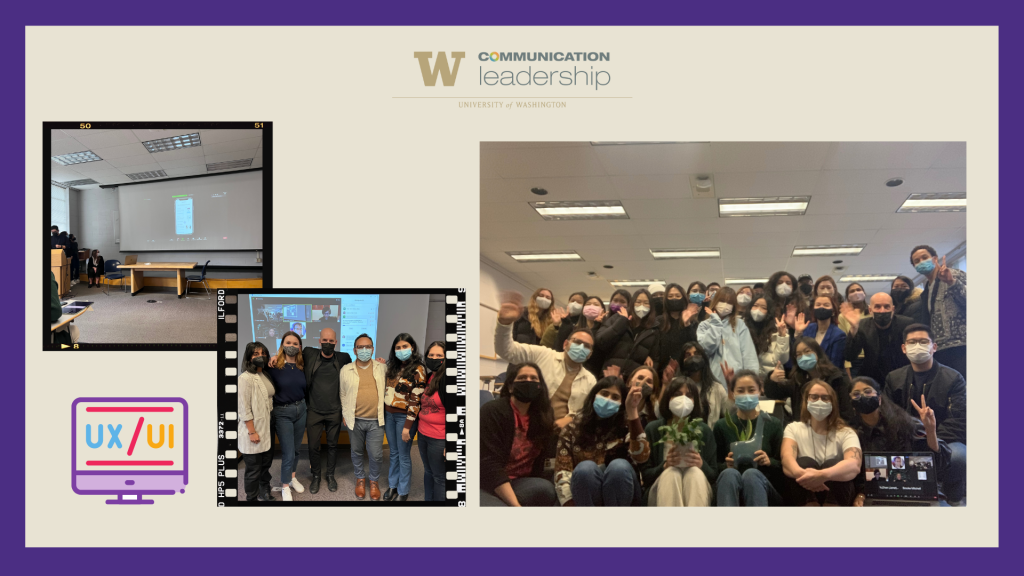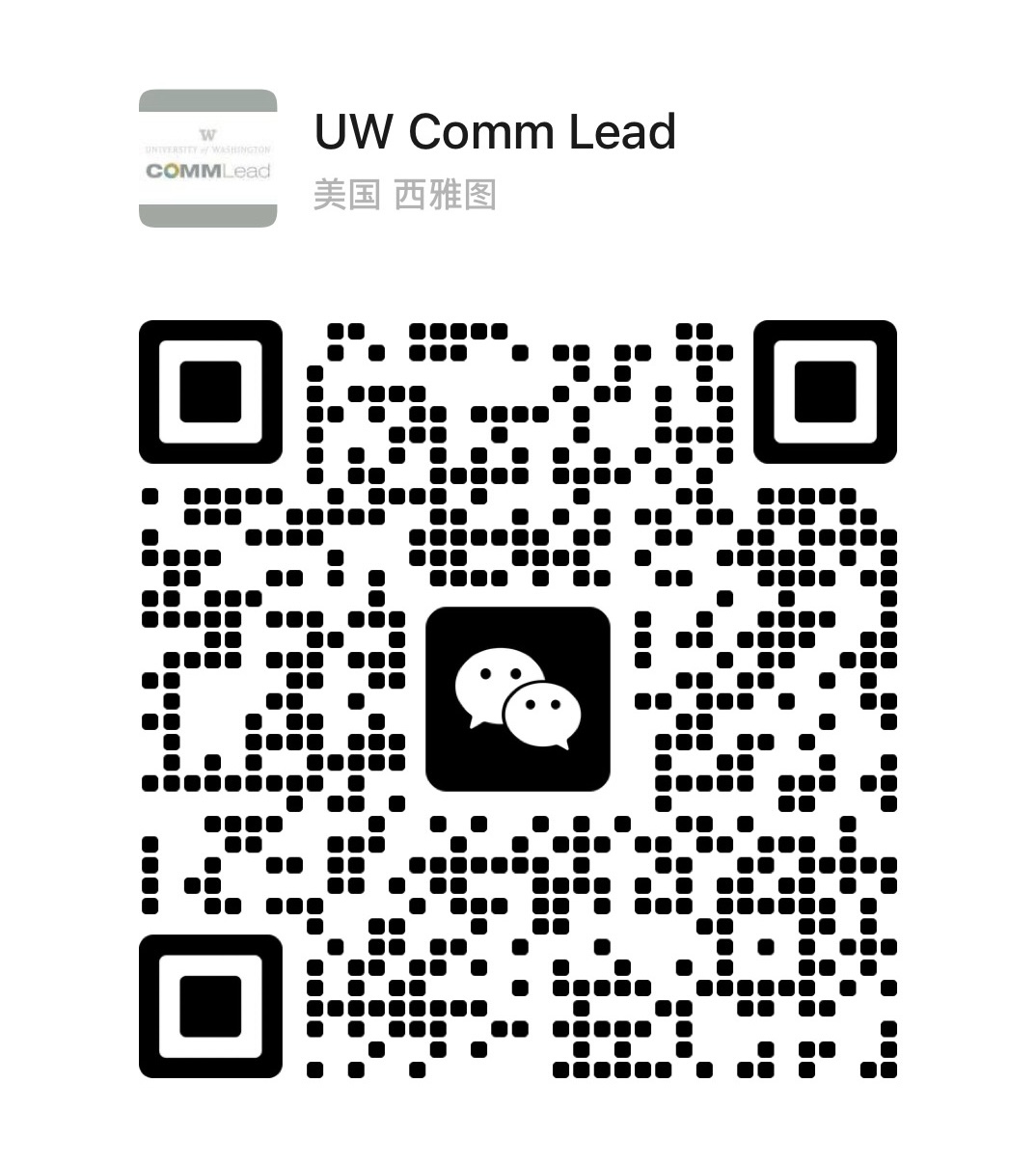
Real-world problems need real-world solutions.
How often do we come across a website or app that blows our mind with its poor functionality and we simply cannot understand why it is programmed like that?
With design challenges lurking around every corner, the Communication Leadership graduate program at the University of Washington advocates for a problem-solving attitude, instead of complaining. With comprehensive practical courses, we provide students with a chance to identify problems and needs, and create answers on their own. Because good leaders create their own path!
One such course offered under the Communication Leadership program is COMMLD 515: Advanced User Design, taught by Peter Skillman and Jason Levine. Skillman is Head of Connected Care Design and Enterprise Analytics at Philips, and is 25-year veteran of creative product design and team leadership combining user-centered experience design and engineering acumen. Levine, Senior Design Leadership at Amazon Web Services, is an expert in product strategy, user research, information architecture, user experience design, and brand-centric solutions for all forms of interactive media.
Like many classes in Winter quarter, Advanced User Design adopted a hybrid modality including 3 virtual and 2 hybrid day-long classes. A total of 36 students took this course and worked in groups to create a prototype in just five classes and within forty hours. These prototypes addressed everything from finding travel buddies to how to care for plants. This class workflow consisted of Understanding, Observing, Visualizing, Iterating/Testing and finally Shipping team mobile app prototypes in Figma.
The sheer intensity of a 5 week curriculum building a complete click thru prototype of an application, including all of the research, PR/FAQ docs, personas, wireframes, user journeys, user testing and final iteration was a very tall order,” Skillman said. “What astonished Jason and I is the energy and learning that generated an intense amount of joy and focus on raising the bar. We were so amazed by the output of this exceptional cohort.”
“During the breaks we focused on career development, design deep-dives on mobile, working backwards from the customer, and building a culture of innovation,” he went on. “This created a space for the students to reflect on who they are and where they want to go in their careers. We will miss them all (or hire them).”
This intensive course structure also included small and large group activities, and extended studio time for hands-on work on the projects. Several guest speakers from the UX design field were invited to make this experience even more fruitful.
Each student from the course departed with a great piece of work for their portfolio, while managing to solve a problem that they faced and cared about. They constructed a map of a product’s full customer journey, developed personas with use cases, designed a working prototype, and built a proposal with requirements for the concept.
Through this course and with the help of the expertise of exceptional instructors students were able to advance their user design knowledge and envision how their lives will be as a professional UX designer working on real-life projects.

 University of Washington
University of Washington